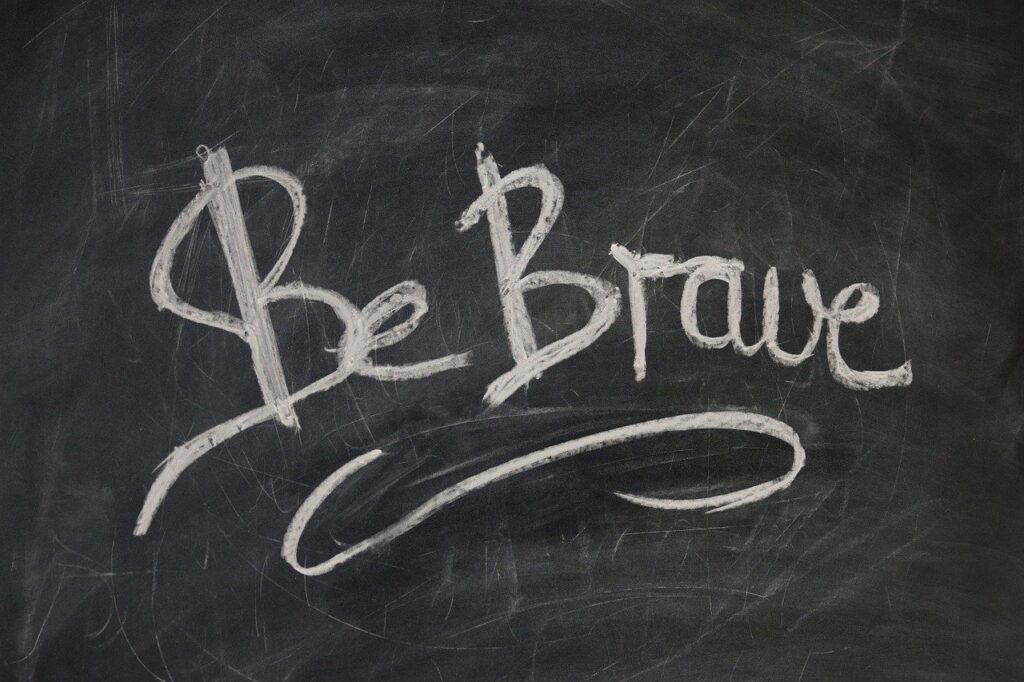Do you know what your communication style is? If not, you can identify it by thinking about how you behave in various situations.
For example, how do you handle it when a friend frequently forgets coffee dates or changes plans last minute? What about those times when your boss asks you to stay late yet again? And what happens when you’re in a group and they need your opinion on an important decision?
People’s communication styles are typically divided into passive, aggressive, passive-aggressive, or assertive. And only one of these styles (assertive communication) is effective at clear communication and transparent relationships.
What Is Assertive Communication?
The term “assertive” can often be confused with “aggressive.” But they’re not the same. Aggressive communication is bossy, belittling, and harms relationships. It doesn’t leave room for how the other person feels or what they want.
Assertive communication means being open and honest about what you want. When you communicate assertively, you’re forthcoming. You’re not squelching your opinion or preferences to make someone else feel happy (passive communication). You’re not pretending you don’t have a preference and then making sarcastic comments later (passive-aggressive communication).
Communicating assertively involves respecting yourself and those around you. You don’t dismiss your own preferences, but you don’t bully or manipulate those around you into ignoring their preferences, either. Essentially, you’re honest about what you think and how you feel.
5 Techniques to Express Yourself Honestly
Here’s how to practice assertive communication effectively.
1. Know Yourself
If you suspect that assertive communication is not your forte, that’s ok. It’s never too late to learn. You can start by thinking back to past interactions with people. Were there times when you genuinely had a preference but didn’t speak up? How did you feel afterward? How could you have expressed that in a respectful but honest manner?
If you’re in the habit of really not knowing your preference or how you feel about something, try to figure out why. Maybe your childhood experiences or depression have left you feeling passive and defeated.
2. Use “I” Statements
This technique is commonly recommended. That’s because it works. When you say, “I prefer,” you’re indicating that you can take responsibility for yourself. You’re not blaming the other person or putting the onus on them to make all the plans. You can’t get upset with someone for not doing what you want them to do.
3. Don’t Belittle the Other Person
When you’re learning how to use assertive communication, you may start a little intense. Being assertive doesn’t mean that you take it out on someone when you’re disappointed in them.
Instead, you can clearly state how you felt when they did what they did. For example, “When you ate the cake I made for tomorrow’s party, I felt angry because now I have to bake another one.”
4. Don’t Over-apologize
People who aren’t comfortable with assertive communication may find themselves apologizing excessively for having a different opinion or disagreeing with someone else. They worry too much about what someone else thinks.
But when you over-apologize, you send the message that you care more about not offending someone than you do about being clear about what you want. Of course, there are times when you do need to apologize — but being assertive means not beating yourself up for thinking differently than someone else.
5. Practice, Practice, Practice
If you feel nervous about being straightforward in situations, you can practice. Rehearse at home. Think back to those times when you didn’t speak up. Consider what words you could have used. Imagine you’re in the situation again and practice speaking those words out loud. As you practice new habits, your brain will build new neural pathways to strengthen them.
Work with a Counselor in Phoenix, Scottsdale, and Online in Arizona
Assertive communication skills provide a healthy base for all relationships: family, friends, co-workers. Try putting these tips into practice. If you continue to struggle, consider reaching out to my office for further guidance.Our team of caring therapists understand that the decision to start therapy can be challenging. This is why we are happy to offer a complimentary 20-minute phone consultation. Our locations for counseling are located throughout the valley with counseling centers located in Phoenix, Anthem, Scottsdale and online anywhere in Arizona. You can start your therapy journey with Crossroads Counseling by following these simple steps:
- Contact Crossroads Counseling for a complimentary 20-minute phone consult
- Meet with a caring therapist
- Start the healing process
Feel free to learn more about our practice by visiting our about page, FAQ, and blog, or read more about our staff members to start finding your best therapeutic fit! or, call us at 623-680-3486, text 623-688-5115, or email info@crossroadsfcc.com for more information!
